This is an problem about drawing ERD in one of my course:
A local startup is contemplating launching Jungle, a new one stop online eCommerce site.
As they have very little experience designing and implementing databases, they have asked you to help them design a database for tracking their operations.
Jungle will sell a range of products, and they will need to track information such as the name and price for each. In order to sell as many products as possible, Jungle would like to display short reviews alongside item listings. To conserve space, Jungle will only keep track of the three most recent reviews for each product. Of course, if an item is new (or just unpopular), it may have less than three reviews stored.
Each time a customer buys something on Jungle, their details will be stored for future access. Details collected by Jungle include customer’s names, addresses, and phone numbers. Should a customer buy multiple items on Jungle, their details can then be reused in future transactions.
For maximum convenience, Jungle would also like to record credit card information for its users. Details stored include the account and BSB numbers. When a customer buys something on Jungle, the credit card used is then linked to the transaction. Each customer may be linked to one or more credit cards. However, as some users do not wish to have their credit card details recorded, a customer may also be linked to no credit cards. For such transactions, only the customer and product will be recorded.
The problem is the Buys action connect with 3 others entities: Product, Customer, and Card. I find this very hard to read and understand.
Is an action involving more than 2 entities common in production? If it is, how should I understand and use it? Or if it's not, what is the better way of design for this problem?

